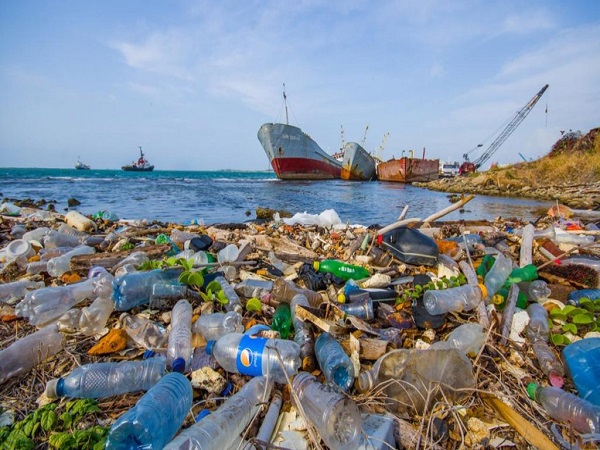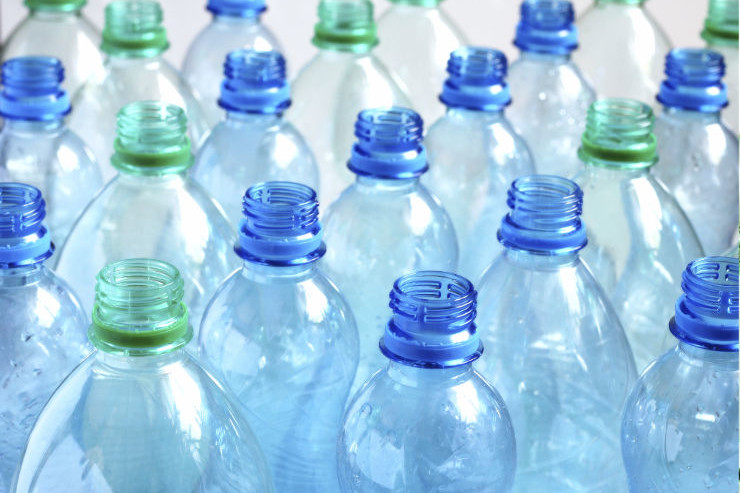BY ADEBOLA OLADOSU
Plastic pollution has emerged as one of the most pressing environmental challenges of our time, particularly affecting our oceans. Each year, millions of tons of plastic waste enter the marine environment, leading to severe consequences for marine life, human health, and the global economy. Recycling presents a crucial strategy to mitigate this pollution. This critical analysis explores how recycling can help save our oceans, underpinned by relevant statistics and case studies.
The magnitude of plastic pollution in our oceans is staggering. According to a study by the Ellen MacArthur Foundation, by 2050, the oceans could contain more plastic than fish by weight if current trends continue. Approximately 8 million metric tons of plastic waste end up in the ocean annually, equivalent to a garbage truck dumping a load of plastic into the sea every minute. This plastic waste accumulates in five major oceanic gyres, with the Great Pacific Garbage Patch being the most infamous, covering an estimated area of 1.6 million square kilometres.
Marine animals often mistake plastic debris for food, leading to ingestion and entanglement. Over 1 million seabirds and 100,000 marine mammals die each year due to plastic pollution. Microplastics, small plastic particles less than 5mm in diameter, have infiltrated the marine food web, posing a threat to human health. These microplastics can absorb toxic pollutants, which then enter the human body through seafood consumption, potentially causing adverse health effects such as endocrine disruption and cancer.
Advertisement
Recycling is a key solution to reducing plastic waste and, consequently, plastic pollution in the oceans. Effective recycling processes can convert plastic waste into reusable materials, decreasing the volume of plastic that ends up in the marine environment. However, the effectiveness of recycling depends on several factors, including the rate of recycling, public participation, technological advancements, and supportive policies.
Globally, the recycling rate for plastics remains low. Only about 9% of the world’s plastic is recycled, 12% is incinerated, and the remaining 79% accumulates in landfills or the natural environment. In Europe, the recycling rate is higher, with about 30% of plastic waste being recycled. The United States lags, with a recycling rate of less than 10% for plastics. Improving these rates is critical to reducing the plastic load on our oceans.
Advancements in recycling technologies can significantly enhance the efficiency and effectiveness of plastic recycling. Chemical recycling, for instance, breaks down plastics into their original monomers, allowing for the production of new, high-quality plastics. This method can recycle contaminated and mixed plastics that are challenging to process using traditional mechanical recycling. Enhanced recycling technologies can thus increase the range of plastics that can be recycled, reducing the amount of plastic waste that escapes into the ocean.
Advertisement
Government policies play a pivotal role in promoting plastic recycling. Legislation such as plastic bans, Extended Producer Responsibility (EPR) schemes, and incentives for recycling can drive higher recycling rates. For example, the European Union’s Single-Use Plastics Directive aims to reduce marine plastic pollution by banning certain single-use plastic products and encouraging the use of sustainable alternatives.
Public participation is equally important. Awareness campaigns and educational programs can motivate individuals to recycle more and reduce plastic consumption. Successful recycling programs often involve community engagement and accessible recycling facilities. Countries like Germany have achieved high recycling rates by implementing efficient deposit return schemes and robust recycling infrastructure.
Several countries and cities have demonstrated the effectiveness of recycling in combating plastic pollution. For instance, in Japan, a comprehensive waste management system has resulted in a recycling rate of 85% for plastic bottles. The country employs meticulous sorting processes and advanced recycling technologies to ensure high-quality recycled materials.
In South Korea, stringent waste separation regulations and public awareness campaigns have led to a significant increase in recycling rates. As of 2020, South Korea recycles 54% of its plastic waste, significantly reducing the plastic burden on its coastal waters.
Advertisement
Despite the benefits of recycling, several challenges hinder its potential to fully address plastic pollution in oceans. Contamination of recyclable materials, lack of recycling infrastructure in developing countries, and economic feasibility are major barriers. Additionally, not all types of plastics are recyclable, and the quality of recycled plastic often degrades with each recycling cycle.
To effectively tackle plastic pollution, recycling must be integrated with other strategies such as reducing plastic production, promoting reusable alternatives, and improving waste management systems. A holistic approach that includes international cooperation, robust policy frameworks, and technological innovation is essential.
Recycling holds significant promise in reducing plastic pollution and protecting our oceans. By enhancing recycling rates, advancing recycling technologies, and fostering public participation, we can mitigate the adverse impacts of plastic waste on marine ecosystems and human health. However, recycling alone is not a panacea; it must be part of a broader, integrated strategy to achieve a sustainable and plastic-free ocean environment.
Oladosu is an environmental journalist and a postgraduate student of the International Institute of Journalism (IIJ).
Advertisement
Views expressed by contributors are strictly personal and not of TheCable.
Add a comment









